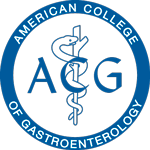Endoscopic Ultrasound
About Endoscopic Ultrasound
An endoscopic ultrasound (EUS) is a test performed that allows your doctor to examine the lining and the walls of your upper and lower gastrointestinal tract, or to study closeby internal organs such as the gallbladder and pancreas. It can be used to diagnose the cause of certain symptoms, to rule out certain conditions, to evaluate abnormalities that were found during another procedure, or help diagnose diseases of the pancreas, bile duct and gallbladder.
During the procedure, a thin, flexible tube with a camera is passed through the mouth or anus to the area to be examined, then an ultrasound component is turned on to produce sound waves that create visual images of the digestive tract. This allows for a more detailed picture of the anatomy of the digestive tract.






